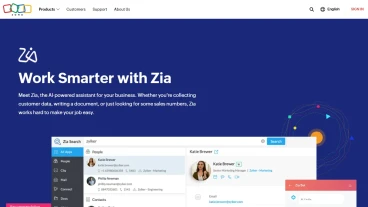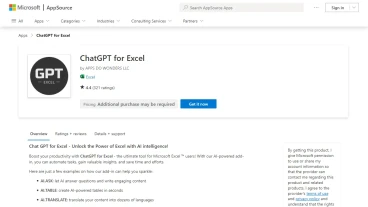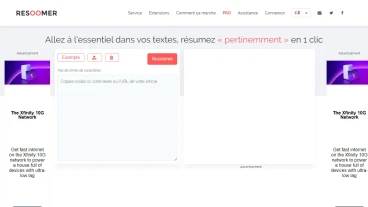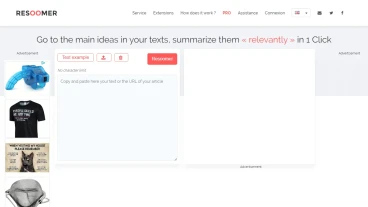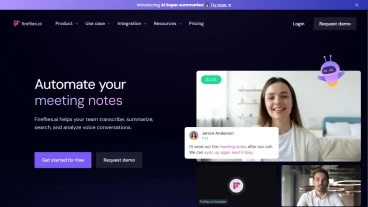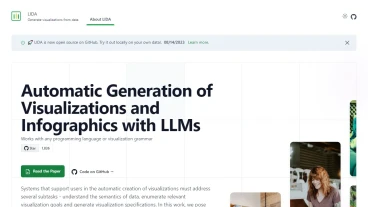Main Purpose
The main purpose of Google Cloud Speech-to-Text is to provide automatic speech recognition (ASR) capabilities, allowing developers to convert spoken language into written text.
Key Features
- Global vocabulary: Supports a wide range of languages and dialects.
- Streaming speech recognition: Provides real-time speech recognition results for audio input streamed from applications' microphones or prerecorded audio files.
- Speech adaptation: Allows customization of speech recognition to transcribe domain-specific terms, rare words, and spoken numbers into specific formats.
- Speech-to-Text On-Prem: Offers the ability to leverage Google's speech recognition technology on-premises, ensuring control over infrastructure and protected speech data.
- Multichannel recognition: Recognizes distinct channels in multichannel situations, such as video conferences, and preserves the order in the transcripts.
- Noise robustness: Handles noisy audio from various environments without requiring additional noise cancellation techniques.
- Domain-specific models: Provides trained models optimized for voice control, phone call transcription, and video transcription, tailored to specific quality requirements.
- Content filtering: Includes a profanity filter to detect and filter out inappropriate or unprofessional content in audio data.
- Transcription evaluation: Allows users to upload their own voice data for transcription and evaluate the quality by iterating on the configuration.
- Automatic punctuation (beta): Accurately punctuates transcriptions with commas, question marks, and periods.
- Speaker diarization (beta): Predicts which speakers in a conversation spoke each utterance, enabling speaker identification.
Use Case
- Transcribing audio recordings for transcription services, voice assistants, or voice-controlled applications.
- Enabling real-time transcription for live events, meetings, or video conferences.
- Customizing speech recognition for domain-specific applications, such as medical or legal transcription.
- Filtering and analyzing audio content for profanity detection or content moderation purposes.


